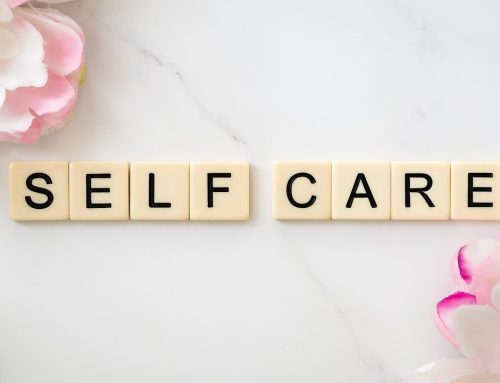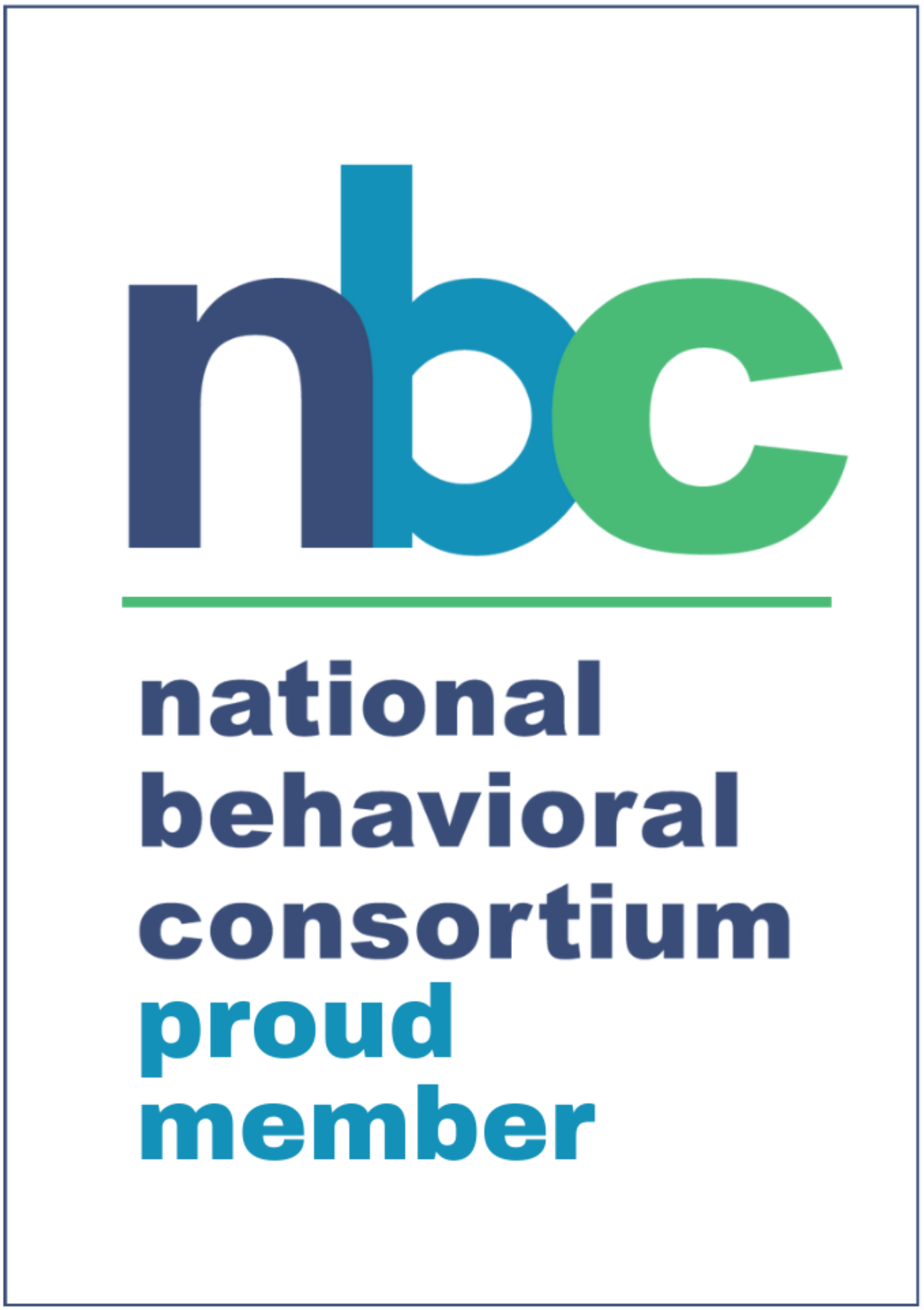It’s no surprise that our family and friends have an impact on our own habits and preferences, but do we realize just how strong this influence can be and how much of what we do, eat, wear, say, and think may be a conglomerate of our social influences? Like it or not those close to us have a say in our lifestyle choices without us even being aware of it, and in turn, we influence our own family and friends even if we are incognizant of this power we possess. Now don’t worry, no one has mind control powers here, it’s just simple social influence, and habitual behavior developed over years of contact with those you spend time with. Now this influence can reach into all sorts of facets within your life, such as what TV shows you watch, what clothes you wear, and so on. This blog focuses on influence over our health habits and diet, and look at what sort of barriers to change certain social connections might pose.
The social influence of family on health and fitness affects all family members of all ages. It can be both for better and or worse in terms of the types of habits your social connections can have, even as adults. One study published in The American Journal of Health Promotion said that, “Data clearly indicate that social relationships have the potential for both health promoting and health damaging effects in older adults.” (Seeman 2000) Now this study may have been looking at adult influence but it extends to children as well. In fact the influence that parents have is much more persuasive, especially the younger a child is, so it is important to start training healthy, sustainable habits as early as possible.
Even with outside influences such as physical education in schools, how well children and teenagers adopt these programs depends largely on how the principles presented in the program are reinforced at home. One study looked at the efficacy of physical education programs in elementary school in relation to home support. The study took took two groups of elementary level students and gave them both the same physical education at school but only one group received the additional requirement that parents also conduct health and nutrition study at home. In the end, the students who had the at-home component scored significantly higher on physical education and nutrition testing, as well as more improved body fat composition and blood sugar levels than the students who had no at home participation. “The family component of the program provided a practical approach to improving physical activity and nutrition behaviors for elementary school teachers who teach many participants in a crowded curriculum” (Hoper, Munoz, Gruber, Nguyen, 2005).
Another way parents sway children’s health is by controlling access to certain healthy outlets. Until they are old enough and financially able to move out, children are, for the most part, at the mercy of the rules, standards, and family customs set by their parents. Parents are the gatekeepers. Make no mistake about it, kids may have preferences; however, their desires and what they are actually capable of are two different things. For example,12 year old Sally might really want to play soccer and get the outdoor exercise, but if her parents cannot or will not accommodate Sally’s desire to play soccer for whatever reason, such as being too lazy or busy to drive Sally to practice, access to this outlet is barred. “Parents’ reported physical activity was not associated with child activity or fitness. However, availability of transportation by parents to sport and fitness activities was significant…” (Sallis, Alcaraz, McKenzie, 1992). So all you soccer moms and dads can rejoice, for you are truly doing your children a favor and contributing to their future health habits. But encouragement sometimes isn’t going to be enough and that’s where engagement comes in.
Increasing the frequency that a person has in opportunity to engage in healthy activities with one another, increases the chances they will adopt the behavior in their life going forward, meaning that children, as well as adults, are much more likely to participate in an activity if they have a friend, family member, or spouse participating in the activity with them. This can be for various reasons that differ from individual to individual; whether it is a feeling of social obligation, a role model’s influence, or that it’s just more fun to do things with friends or family.
It’s not all about physical activity alone; diet plays an important factor as well. The food we eat and our likelihood of choosing the healthier option is weighted in the homestead as well. And it’s no joke just how much it matters that we are exposed to good balanced diets and nutrition information growing up. One study suggests, “Family and home environment factors explained more than 50% of the variance in students’ FV (fruit and vegetable) consumption.” (Gross, Pollock, Braun, 2010). Providing fruits and vegetables, teaching children about the importance of nutrition, and restricting processed and sugar-filled foods, are all important steps to contributing to a healthy lifestyle that will stick with children throughout their lives.
So with all this in mind we need to look at this from two directions; as influencers and as well as the influenced. As influencers, especially if you have children, you must be aware of the message you are sending whether it is by consciously or habitually setting an example, make sure it’s an example you want to set. Children learn by the do as I do rather as I say approach to parenting. As you take care of your own health by eating well, exercising, and showing that living well is a priority for you, friends, co-workers, children, and other connections in your life will be subtly swayed by your choices. As the influenced, it is all about awareness. By being aware of the influence that others may have, you can begin to choose what habits of others to adopt and which to ignore. Your friend that asks you to go hiking with them all the time, they might be making you a little more active; your friend that wants to go out drinking and eats nothing but junk food, maybe not so much. But don’t let this information keep you from hanging out with your favorite buddy just because they have some unhealthy habits or make a bad choice here and there, just be aware of their influence and maybe try and sway them to the side of wellbeing with a little social influence of your own.
To you wellbeing,
- Nic Mckane
Business Development Coordinator
MINES & Associates
Sources:
Chris A. Hopper, Kathy D. Munoz, Mary B. Gruber & Kim P. Nguyen (2005) Research Quarterly for Exercise and Sport Volume 76, Issue 2 pages 130-139
Teresa E. Seeman (2000) Health Promoting Effects of Friends and Family on Health Outcomes in Older Adults. American Journal of Health Promotion: July/August 2000, Vol. 14, No. 6, pp. 362-370.
Susan M. Gross, PhD, MPH, RD Elizabeth Davenport Pollock, MS, LGMFT Bonnie Braun, PhD, CFCS. (2010) Family Influence: Key to Fruit and Vegetable Consumption among Fourth- and Fifth-grade Students. Journal of Nutrition Education and Behavior Volume 42, Issue 4, July–August 2010, Pages 235–241
James F. Sallis, PhD; John E. Alcaraz, PhD; Thomas L. McKenzie, PhD; Melbourne F. Hovell, PhD, MPH; Bohdan Kolody, PhD; Philip R. Nader, MD. Am J Dis Child. 1992;146(11):1383-1388. doi:10.1001/archpedi.1992.02160230141035.











Leave A Comment